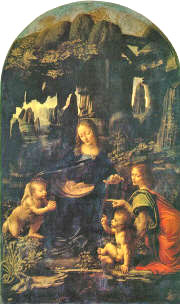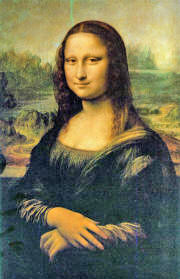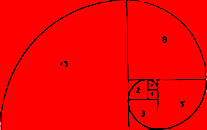|
The Real Da Vinci Code
Leonardo da Vinci
Da Vinci has long been a favorite of conspiracy theorists who speculate endlessly about hidden
The painting that is by far the most relevant to Dan Brown's work is The Last Supper. It's painted on the refectory wall of the Santa Maria delle Grazie in Milan, and is a whopping 9.1 meters long and 4.3 meters high. It took da Vinci three years to complete. The picture shows Christ sitting at the centre of a long table, with his disciples on either side.
According to orthodoxy, the person at the right hand of Christ is St John. But this person looks like a woman. The speculation is that this is Mary
Magdalene, an important disciple of Christ, his close companion, his wife even, but banished by the Church as a whore.
No-one knows what da Vinci actually intended. But those who insist it is St John, say that he is often portrayed as an effeminate young man. Even so, the person depicted at the right hand of Christ doesn't resemble a man of any kind. To be fair, this could be due to the massive restoration work that the painting has undergone.
The symbols of a capital V and the capital M that Mary and Jesus make together are a matter for debate. The former is a feminine symbol, a chalice or womb, the latter is M for Mary. Although they are clear to see, it's easy to find plenty of hidden symbolic meanings in paintings. Still, who knows? The Holy Grail | The Priory of Sion | The Knights Templar | Mary and Jesus | Leonardo da Vinci | Opus Dei | Find out more
|


